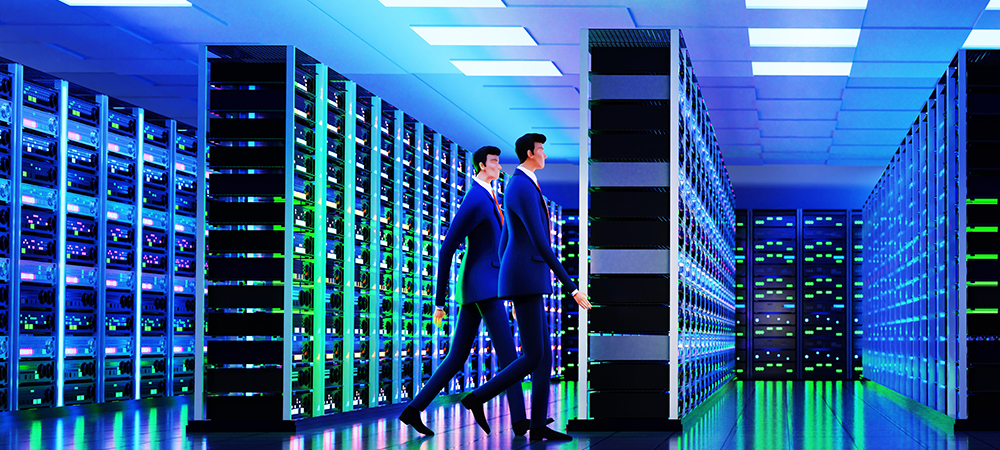César Linares Solórzano, Offers Manager for Thermal Management and Software, Vertiv, on emerging technologies catalyzing the efficiency evolution of LATAM data centers.

The accelerated advancement of digitalization has led to an increase in demand for data processing and storage capacity in Latin America.
An EMR study showed that, in 2023, the data storage market is expected to have reached a value of approximately US$7.32 billion in the region, with a compound annual growth rate of 12.8% for the period between 2024 and 2032, and is expected to reach US$21.63 in 2032.
This expansion presents challenges for data center infrastructure, especially to support user demands on technologies such as the IoT, video streaming or AI, which imply the adoption of high-performance computing (HPC) and more efficient infrastructure systems to power and cool the vast amount of data and heat it generates.
How to deal with high densities and their thermal impact
How can data centers cope with the wave of demand generated by AI and other emerging technologies, which will increase computational density and its thermal impact?
The answer lies in the adoption of liquid cooling in the rack or on the chip, in addition to traditional data center air cooling.
Benefits of liquid cooling include:
Sustainability: Liquid cooling reduces heat in the rack and chip more effectively, improves efficiency (PUE) and can even enable reuse of the heat generated.
Greater energy savings: Liquid cooling directed at the heat source is more cost-effective than rack and space cooling with traditional air-cooling systems alone.
Lower total cost of ownership: Can improve total cost of ownership through very high cooling system efficiency or heat removal despite higher density.
Space utilization: Liquid-cooled doors installed at the rear of high-density racks in existing data centers make it possible to cool equipment without the need for expensive expansions or new construction. Direct-to-chip cooling applications in new constructions allow for even greater optimization of space utilization.
Direct-to-chip liquid cooling
One of the most efficient methods is direct-to-chip cooling (DTC) – placing cold cards directly on top of the processors or chips that generate most of the heat inside the IT equipment, removing the heat efficiently.
DTC offers considerably higher efficiency compared to traditional air-cooling systems.
Estimates show that this DTC method can remove between 70% and 80% more of the heat generated by servers and accelerators.
Leftover heat can be effectively removed by traditional air-cooled data center systems – a combined approach allowing data centers to handle more intensive and demanding workloads without compromising performance or reliability.
These advantages make DTC attractive to data center operators to meet the cooling needs of high-density workloads in the age of AI and Big Data.
In this sense, DTC not only offers greater energy efficiency and better performance, but also contributes to long-term sustainability goals through lower carbon emissions.
Click below to share this article

